The arctic fox is a small mammal native to the Arctic Circle, inhabiting tundra and polar regions. This species of fox has adapted over time in order to survive in its harsh environment. The adaptations of an arctic fox are remarkable and have allowed it to thrive despite extreme temperatures, scarce food sources, and predators.
Adaptations Of An Arctic Fox
Behavioral Adaptations Of An Arctic Fox
The Arctic Fox is an incredibly adaptive species that has evolved many unique behavioral adaptations in order to survive the harsh conditions of its habitat. These include:
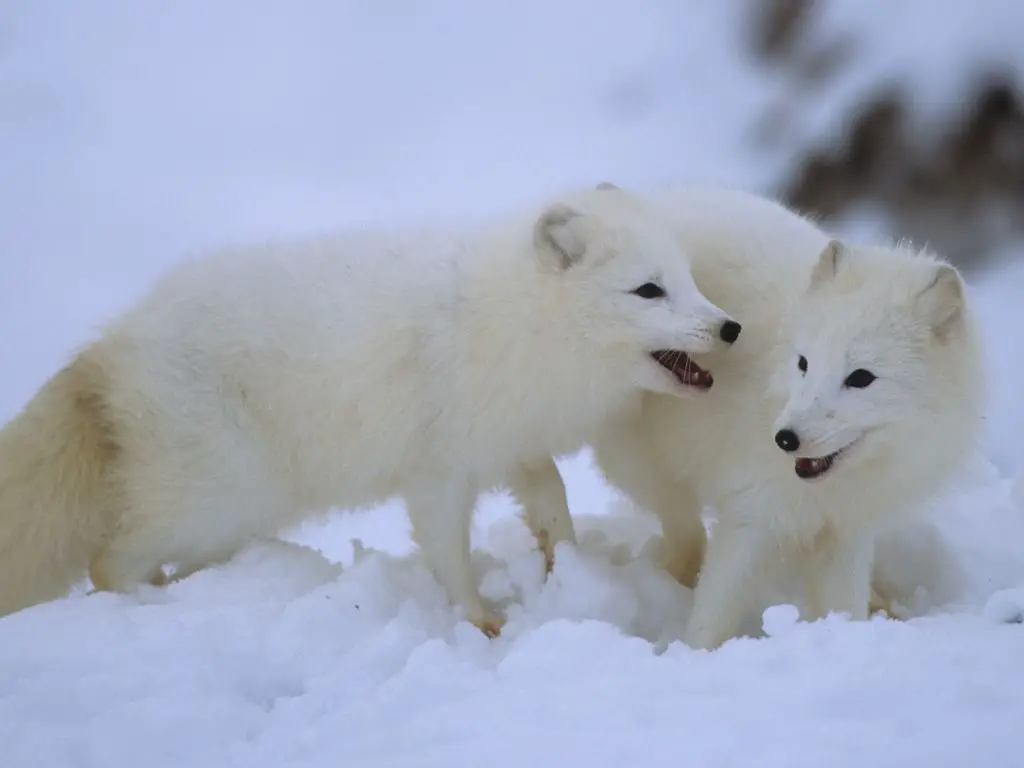
- foraging strategies such as scavenging food from other animals’ kills or preying on smaller mammals like voles;
- social behaviors such as forming monogamous pairs during breeding season;
- anti-predator tactics like burrowing into snowdrifts for protection;
- hibernation/migration patterns that enable them to move between areas with more favorable temperatures throughout different seasons.
- These mammals have been observed huddling together during colder nights creating communal warmth keeping everyone safe until morning arrives.
- One of the most impressive features of Arctic fox behavior is their ability to adapt quickly when faced with environmental changes or new predators. For example, they have been observed changing their diet depending on what prey are available at any given time—a trait known as “diet switching”—
- and can even learn how best to avoid certain threats by watching other foxes in their population successfully evade capture or harm from predators.
- Additionally, they are able to recognize potential danger before it gets too close due to heightened senses that allow them detect sound vibrations over long distances through snow coverings during winter months when visibility may be limited otherwise.
- In order to survive in the extreme cold, they have developed a number of strategies for staying warm and finding food. One such strategy is sheltering in snow lairs or dens below the snow cover and curling up into a rounded position which helps reduce heat loss by exposing only their best-insulated parts of the body. This strategy also allows them to conserve energy when temperatures drop significantly during winter months.
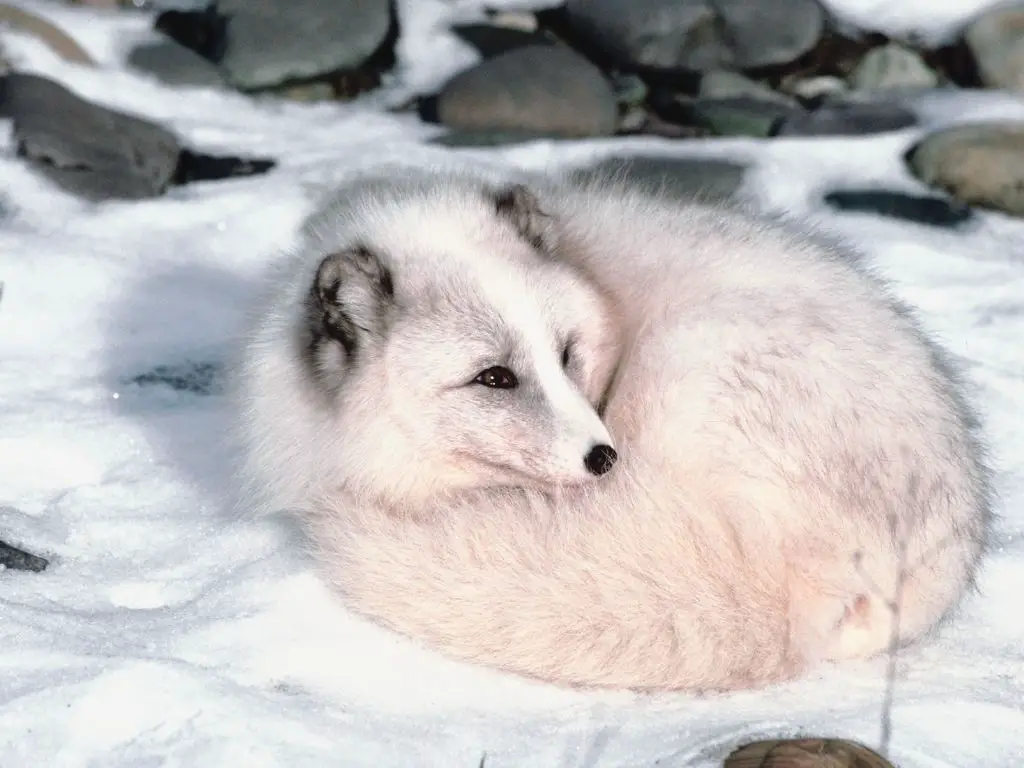
The Arctic Fox’s remarkable suite of behavioral adaptations make it one of nature’s greatest survivors despite living in some extremely hostile environments around the world today! Its ability not only live but thrive under these circumstances speaks volumes about this animal’s intelligence and resilience which should be admired by all who encounter it out there in its natural habitats
Structural Adaptations Of An Arctic Fox
The Arctic fox has developed several structural adaptations that help it to thrive in its environment. These include thick fur, small ears, a short muzzle and a compact body shape. Each adaptation helps the animal stay warm and conserve energy during cold weather conditions.
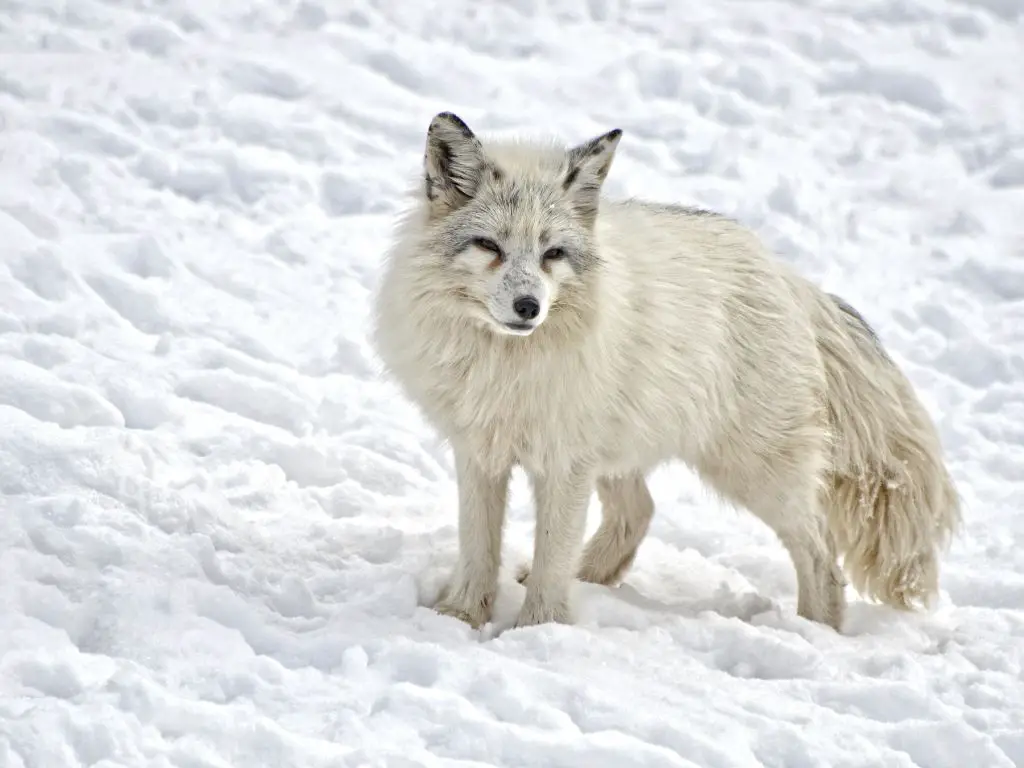
Thick Fur
One adaptation of the Arctic fox that helps it cope with its icy habitat is its thick fur coat which provides insulation from both cold temperatures and wind chill factors that would otherwise cause frostbite on exposed skin areas such as ears or nose tips. It helps insulate their bodies against cold temperatures as low as -58 degrees Fahrenheit (-50 Celsius). The fur also changes color depending on season; white during winter months for camouflage against snow-covered landscapes, while brown or grayish-brown during summer months for better blending into vegetation cover when hunting prey.
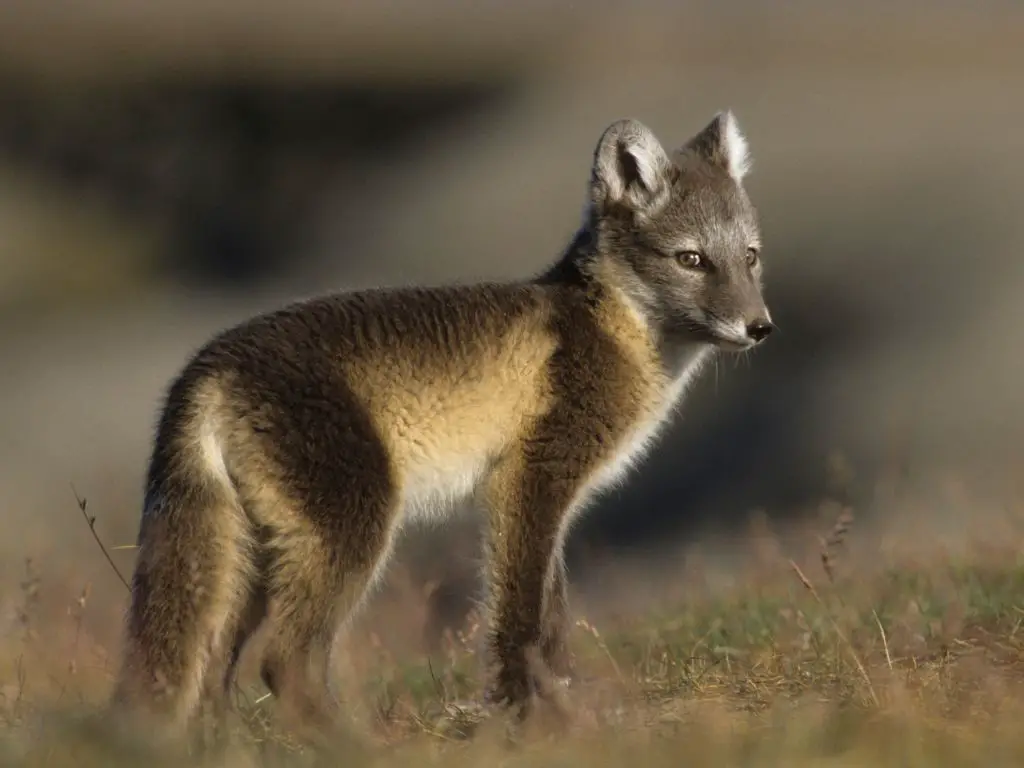
Thickly furred feet
The Arctic fox has large, thickly furred feet that act as snowshoes, allowing it to walk on top of the snow without sinking.
Short Ears
Their short ears reduce heat loss through radiation by reducing surface area exposed to air currents as well as helping them maintain their balance on ice floes when searching for food such as lemmings or other small mammals they hunt down using keen senses of smell and hearing abilities aided by those same short ears!
Shorter muzzle
Their shorter muzzle which helps them retain more heat within their bodies due to reduced exposure compared with other canid species who have longer snouts like wolves and coyotes respectively speaking about comparative anatomy between related taxonomic groups across all species classifications not just mammals but also vertebrates including fish birds reptiles amphibians etcetera.
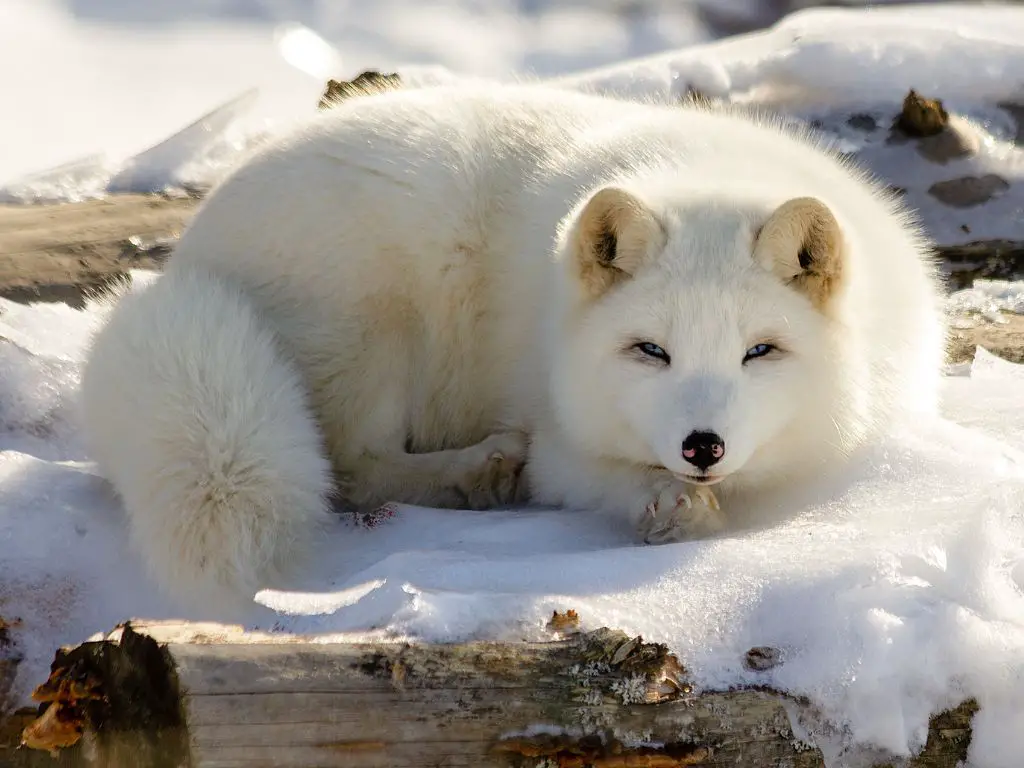
Compact Body
Finally, another key adaptation found within the structure of an arctic fox’s body itself are shorter legs than most other species which help them conserve energy due to reduced movement needed over snow drifts compared with longer limbed animals like deer who must take bigger strides across terrain covered in deep snowdrifts requiring more effort expended per step taken!
Claws
Arctic Foxes also possess strong claws used for digging through snow-covered terrain when searching for prey items like lemmings or voles during winter months when food resources may be limited due to snow cover making them difficultly accessible without these specialized tools
Physiological Adaptations Of An Arctic Fox
The Arctic has several physiological adaptations that enable it to survive in this harsh environment.
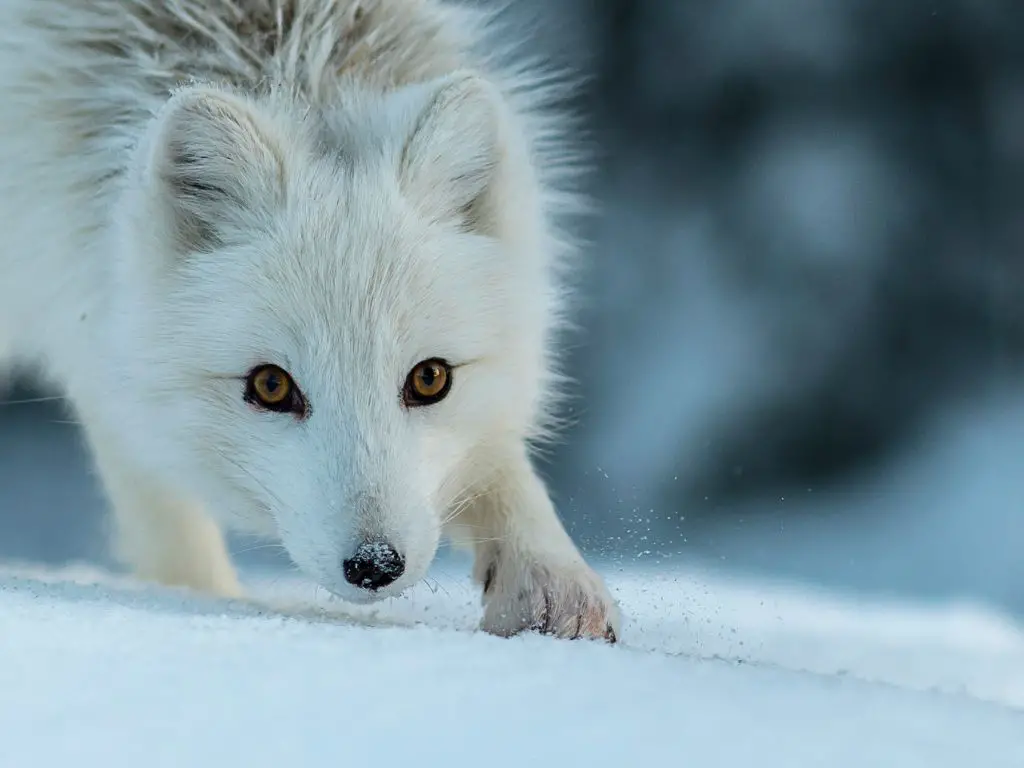
Keen eyesight
First off, an arctic fox’s eyesight is incredibly sharp; they have binocular vision which gives them excellent depth perception for hunting small prey such as lemmings or voles in deep snowdrifts or under thick layers of ice. They also possess superior night vision which helps them detect potential threats from afar while avoiding detection themselves during their nocturnal hunts for food.
Hearing abilities
In addition to having exceptional eyesight, arctic foxes also have incredible hearing capabilities which allows them to pick up even faint sounds over great distances so they can quickly react when danger approaches or locate hidden prey beneath the snowpack. The specialized inner ear bones found within these animals allow for greater sensitivity than what many other mammals possess as well – giving them yet another advantage when it comes time find sustenance during long winters months where resources may be scarce at times..
Smell
They’re also able detect faint odors beneath the surface using highly sensitive noses allowing them locate hidden meals with ease compared other animals living within same climate zone who lack this capability.

Capillary rete
The capillary rete in the skin of the pads of arctic foxes is an extraordinary adaptation that prevents freezing when standing on a cold substratum. This specialized layer, located between the dermis and subcutaneous fat, has several unique characteristics that allow it to be effective in this role.
- First, its structure consists of thin-walled vessels with high surface area to volume ratios which allows for efficient heat transfer from blood vessels within their walls into surrounding tissues.
- Second, these same thin-walled vessels are also filled with glycerol which acts as an antifreeze agent preventing water molecules from forming ice crystals and causing tissue damage due to extreme temperatures.
- Finally, because this layer is close enough to both epidermal cells and underlying muscle layers it can reduce thermal conductivity by trapping air pockets beneath its surface thus further insulating against cold temperatures outside the body.
This remarkable adaptation has enabled arctic foxes to survive even under extreme winter conditions where other animals would perish due largely in part thanks their ability remain warm while standing on frozen ground or snowpack surfaces for extended periods time without experiencing any negative effects associated with hypothermia or frostbite injuries.. The presence of a capillary rete not only helps protect them during hibernation but also makes hunting easier since they don’t have worry about losing too much heat through contact with icy terrain while stalking prey species like lemmings or voles who inhabit such environments year round.
Metabolic rate regulation
An important adaptation employed by Arctic foxes involves metabolic rate regulation; specifically reducing energy expenditure when environmental temperatures drop below freezing point so they don’t expend too much energy trying to stay warm at all costs instead conserving whatever resources available them while waiting out coldest parts winters before emerging again once warmer days arrive near end springtime thawing process begins anew across vast frozen tundra regions spanning far northern latitudes around globe every single year without fail no matter what!
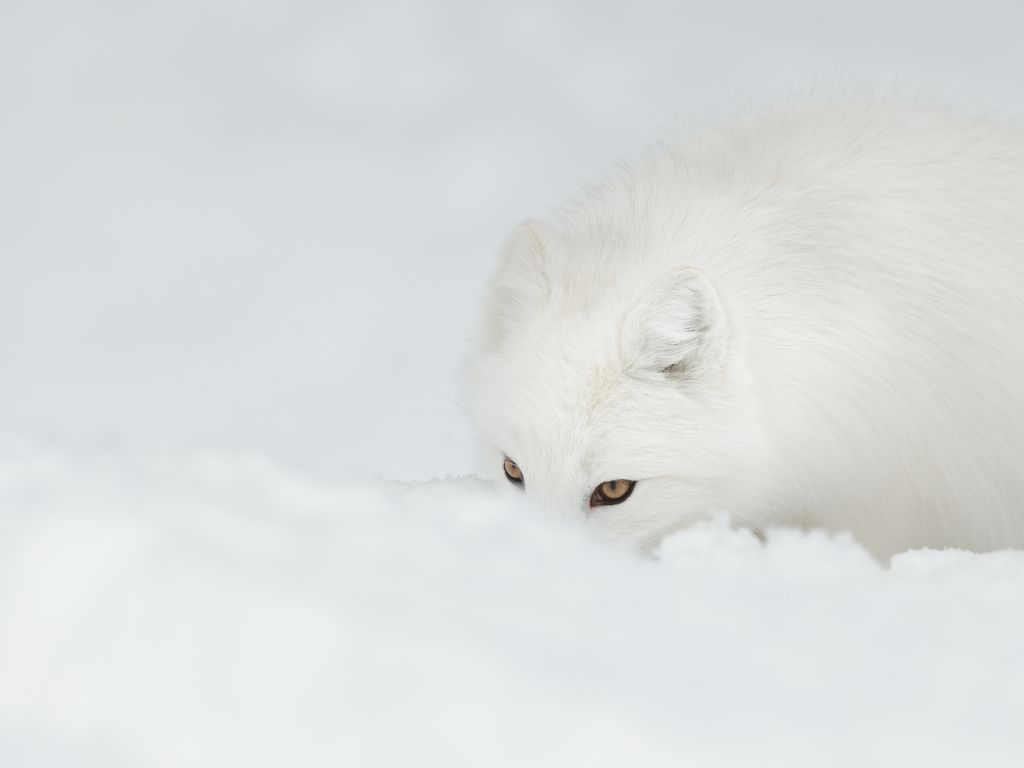
Storing fat during summer
In addition, arctic foxes are able to cope with seasonal fluctuations in food supply by storing fat during summer and fall as well as caching food items for later consumption when resources become scarce due to harsh weather conditions or competition from other animals living nearby. They employ these tactics so that they can continue hunting even if there is no immediate access available on land or sea ice surfaces where prey may be found more frequently throughout warmer seasons like spring and summertime months.
These adaptations make up an important part of what allows an arctic fox to survive in such a hostile environment; without them it would be difficult if not impossible for this hardy animal to exist there at all! By understanding how these features work together we can gain insight into why some creatures are better able than others at adapting themselves successfully over time according changes within our ever-evolving natural world around us today!


Leave a Reply